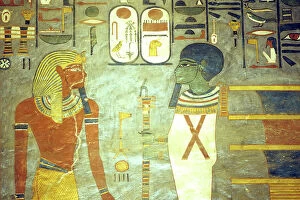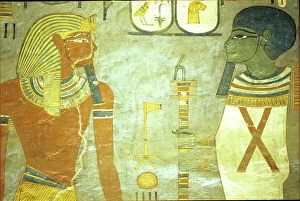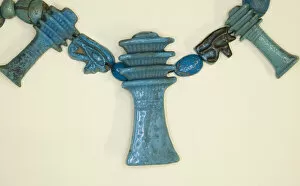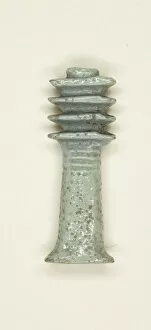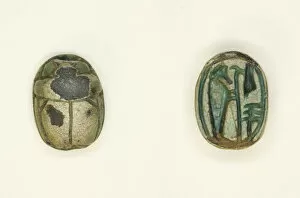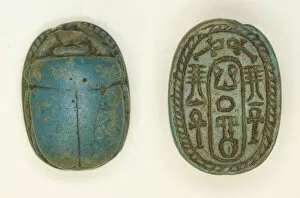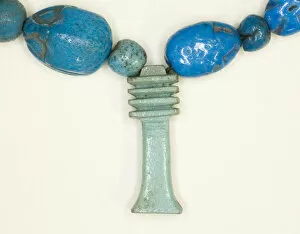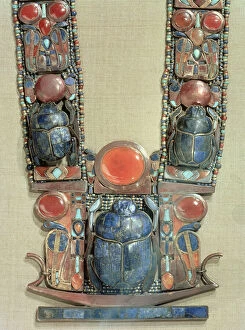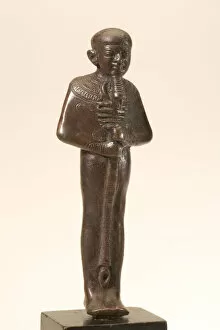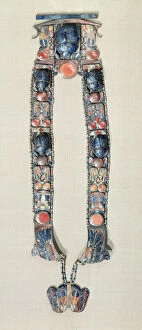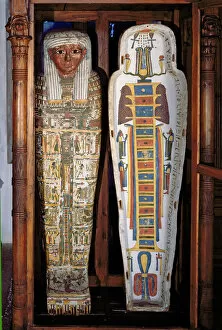Djed Pillar Collection
The Djed Pillar: A Symbol of Power and Stability in Ancient Egypt The Djed pillar, an iconic symbol of ancient Egyptian culture
For sale as Licensed Images
Choose your image, Select your licence and Download the media
The Djed Pillar: A Symbol of Power and Stability in Ancient Egypt The Djed pillar, an iconic symbol of ancient Egyptian culture, holds great significance in the history and mythology of this fascinating civilization. Representing stability, endurance, and strength, the Djed pillar was a sacred amulet that held deep religious meaning for the Egyptians. Dating back to various periods throughout Egyptian history, these artifacts provide us with valuable insights into their beliefs and customs. One such example is the Amulet of a Djed Column from the Ptolemaic Period (332-30 BCE), whose creator remains unknown. This intricate piece showcases exquisite craftsmanship and illustrates how important the Djed pillar was as a protective charm. Another remarkable artifact is the Amulet of a Djed Pillar from Dynasty 21-25 during the Third Intermediate Period (1070-525 BCE). Its presence further emphasizes how this symbol endured through different dynasties, serving as a constant reminder of stability amidst political changes. Scarabs also played an essential role in Egyptian symbolism. The Scarab featuring Ptah with Ma at Feather and Djed-Pillar from New Kingdom Egypt demonstrates how deities were often associated with this powerful emblem. Similarly, another Scarab shows Neferkara alongside hieroglyphs representing life (ankh) and stability (djed), highlighting their importance in daily life during Middle Kingdom to Second Intermediate Period. Intriguingly enough, even tombs showcased reverence for the Djed pillar. In Nefertari's tomb located in Luxor's Valley of Queens - dating back to Dynasties 26-31 during Late Period Egypt (664-332 BCE) - we find depictions of her making offerings to Ptah while surrounded by symbols like linen textiles that signify prosperity. Moreover, statues like that of Ptah made out bronze demonstrate his significance as one who embodied creation itself.

